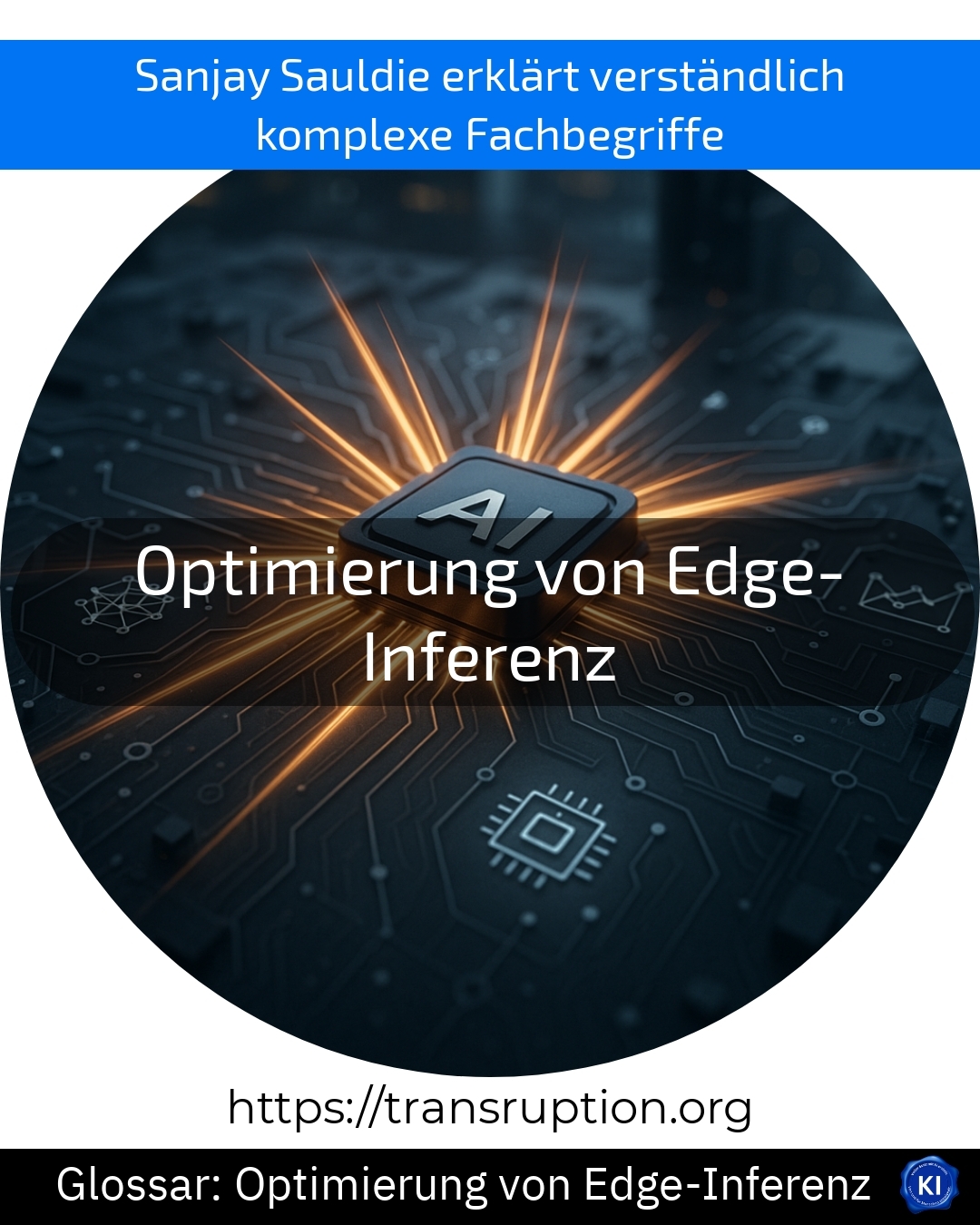The term optimisation of edge inference is particularly relevant in the areas of artificial intelligence, the Internet of Things and Industry and Factory 4.0. Edge inference means that AI models perform their calculations directly where the data is generated - for example on a machine in the factory or on a sensor in a smart home.
The optimisation of edge inference includes all measures to make these AI calculations faster, more economical and more reliable. The goal: decisions do not have to be sent to a central data centre, but are made directly on site and in real time.
A concrete example: In a modern production line, a camera sensor with AI checks whether a product is faulty. Thanks to optimised edge inference, the system detects errors immediately and can adjust production without delays caused by long data paths to the data centre. This saves time, energy and costs.
Optimisation is important as many devices at the "edge" of the network consume little power and are often not constantly connected to the internet. This means that the system works more efficiently, reacts more quickly to changes and increases security, as sensitive data does not have to leave the site.















